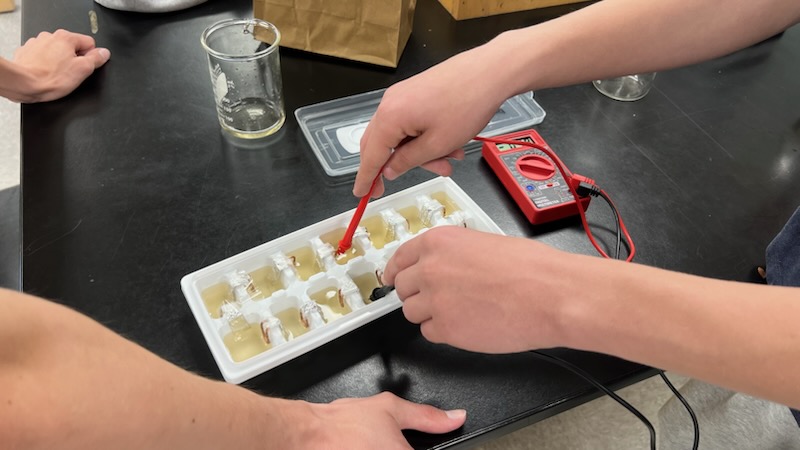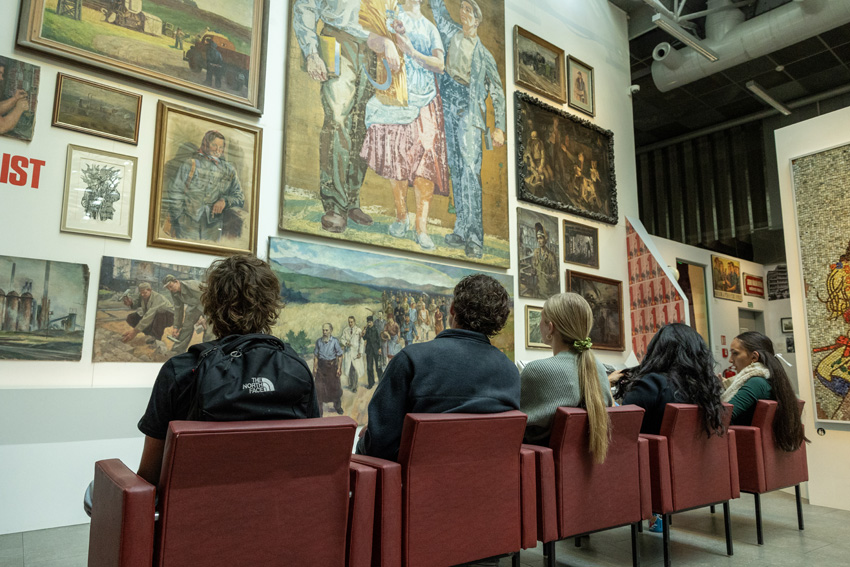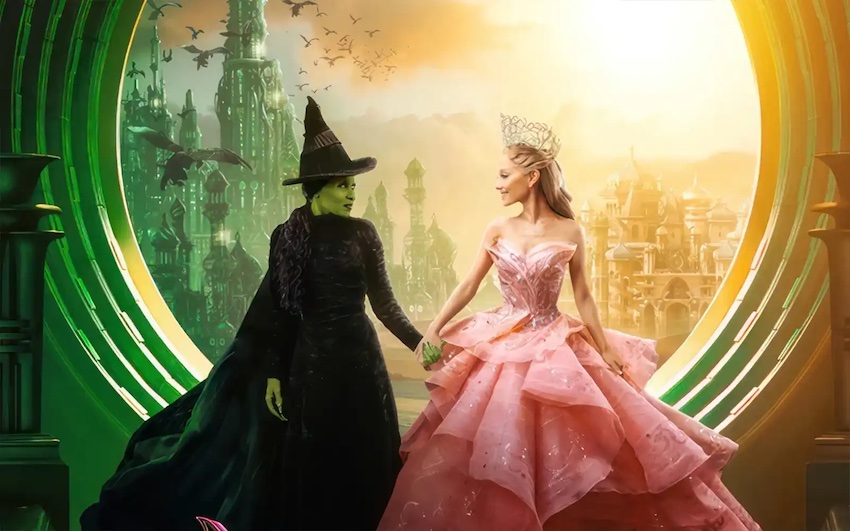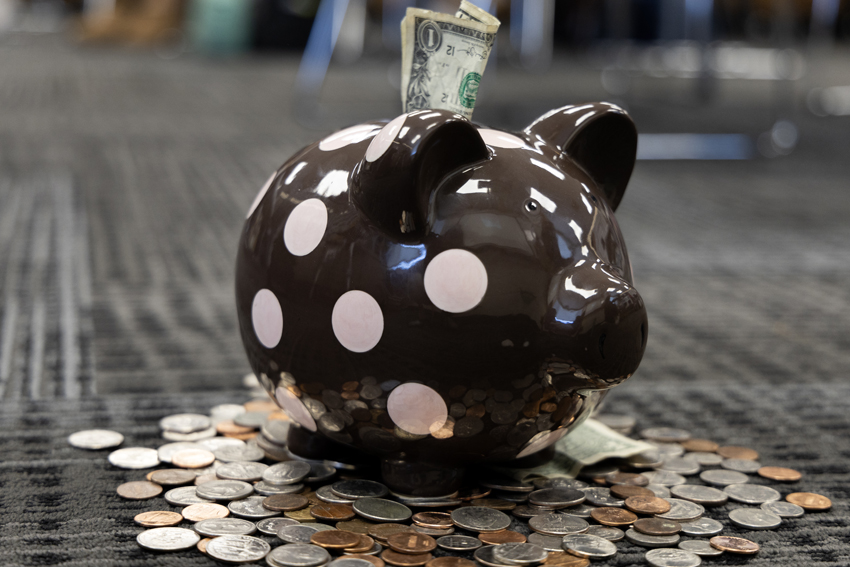“There’s no point in this. I’m never going to use this in the real world!” Most likely these statements sound familiar to a student, whether one has said or heard them before. However, the teachers assure the students contrary to popular belief these statements are incorrect.
According to campus educators, if a student is taking an art class, they are using geometry. For example, perspective, angles, and anything that involves shapes uses geometry. This is true, but it is rare that an artist thinks of geometric equations when drawing.
“Think of the Egyptian pyramids,” Sharon Scharf, art and home economics teacher, said. “How more geometric can you get? Showing different angles of something involves geometry, like how Picasso would show eyes and lips from different angles and in the wrong places.”
When looking at art after its completion, geometry is prevalent; however, during the process, one does not necessarily consider the math.
“Geometry is definitely involved in art,” Bethany Gong, ’03, said. “I don’t always use it when I’m drawing, but when I look at the finished product, I can see the geometry in it.”
Proportion is directly related to geometry, and Scharf agrees that it is necessary as well.
“You have to have a sense of proportion in order to draw well,” Scharf said. “You need to be able to see things as they really are, rather than how you think they should be.”
Often students do not realize the importance of math concepts and how they can be applied to everyday situations.
“Recently I learned how to use geometry in art class,” Micah “Freddie” Walker, ?05, said. “While in geometry class, I learned about shapes and how to manipulate them and applied that in Mrs. Scharf’s art class. For example, when cutting tiles in to different shapes, I used geometry to create a mosaic.”
Math and science teacher, Allen Tong, also believes art skills like drawing requires geometry.
“When you draw,” Tong said, “an art student has to have an understanding of geometry because they will want to draw it in 3-D.”
If art is not one’s interest, a possible future job field will use geometry. An airplane pilot uses degrees and needs to know latitude and longitude; both of these involve geometry. An architect also uses angles and measurements.
“Geometry is the study of different shapes,” Tong said. “If I wanted to hire an architect or an engineer, they better have a pretty good knowledge of geometry.”
Whether or not one is planning on being an architect or an artist, students are still required to learn the basics of math.
“Even if your future job field doesn’t involve math,” Tong said, “you’re still going to need to know a little bit about it just to get along in life.”






